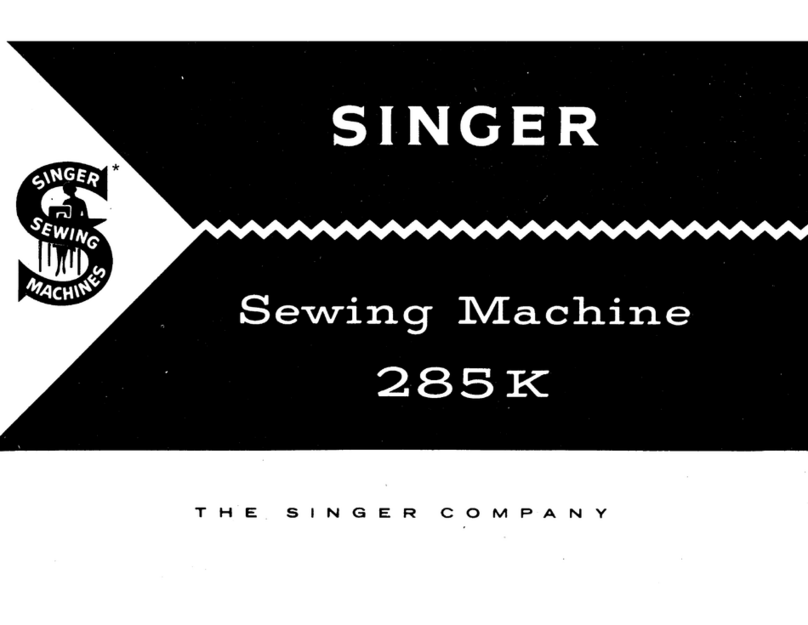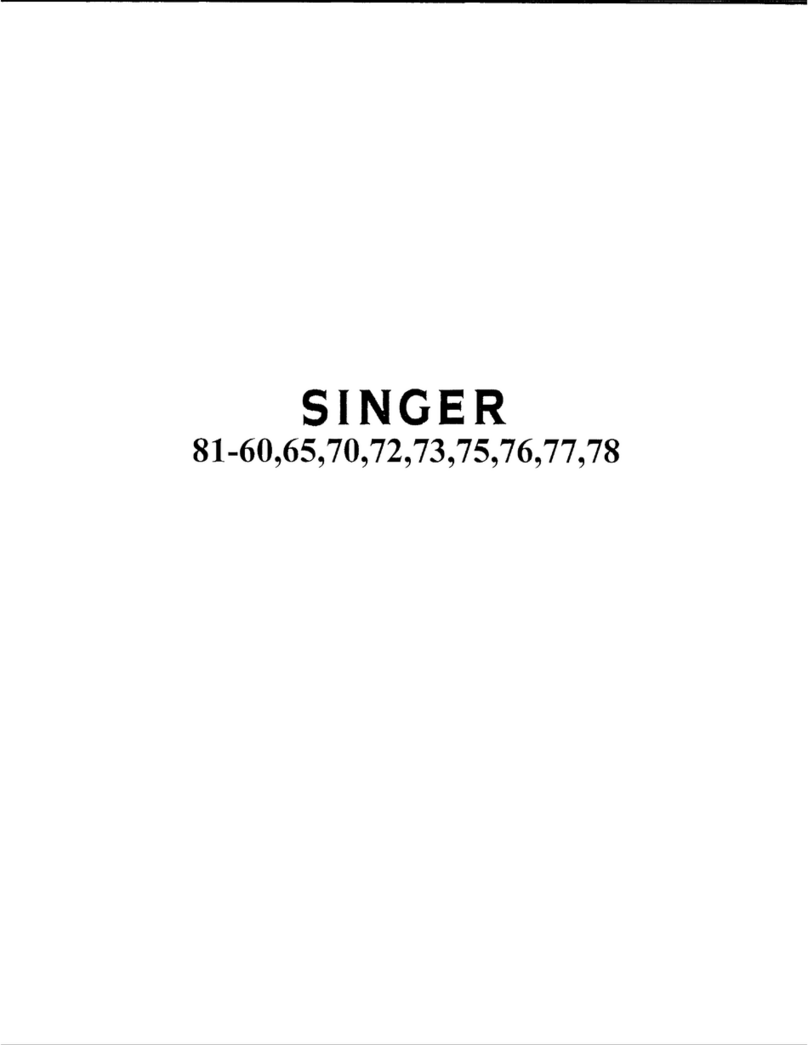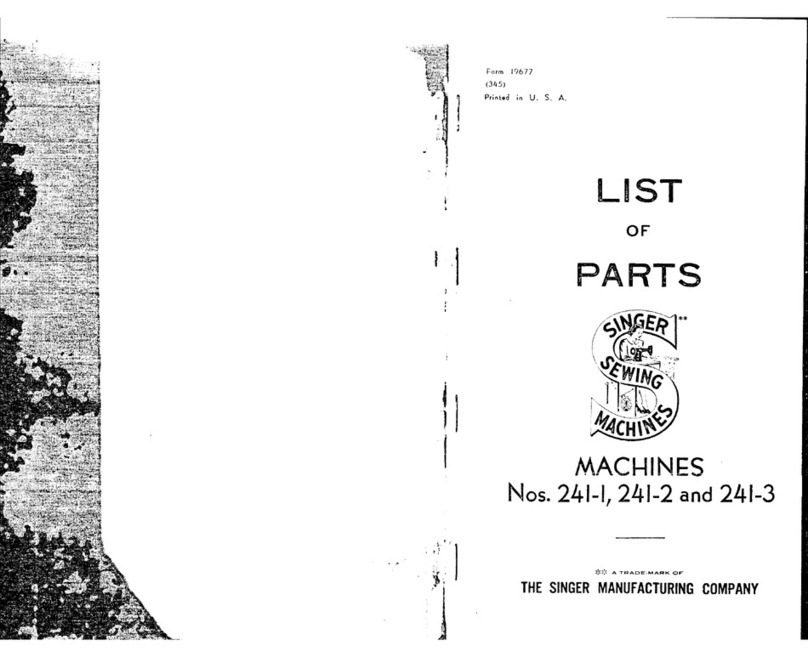Singer 1200-1 User manual
Other Singer Sewing Machine manuals

Singer
Singer 400W31 User manual
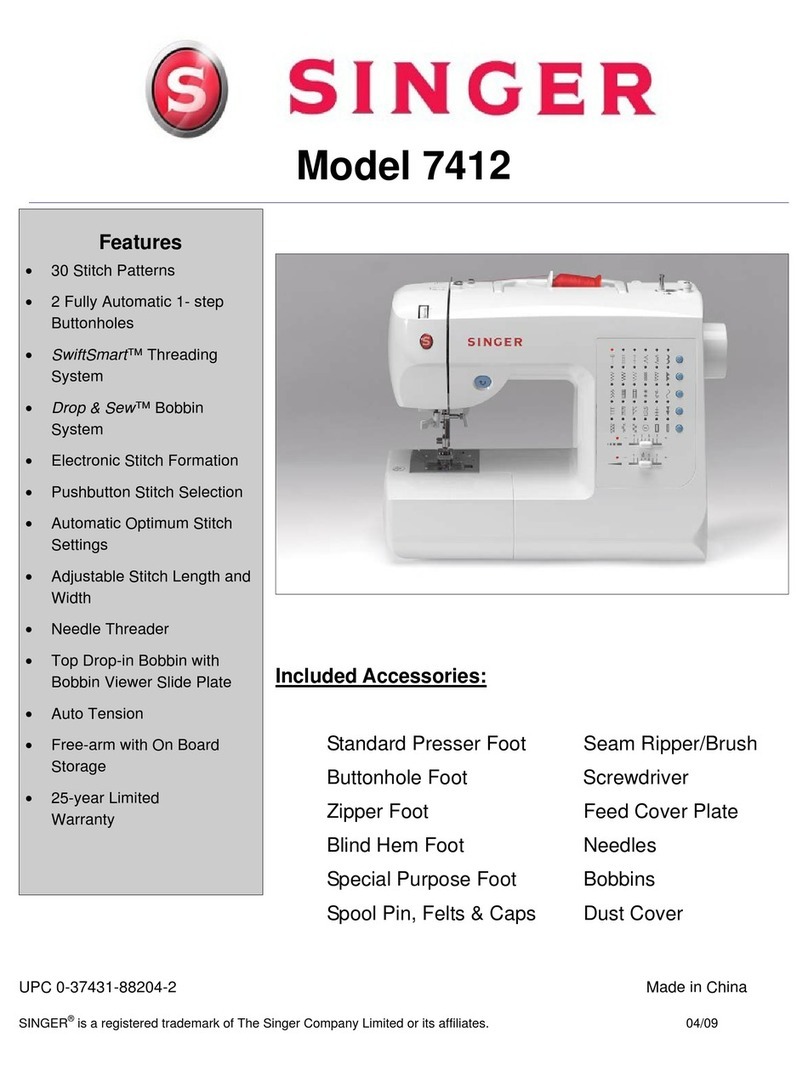
Singer
Singer 7412 User manual
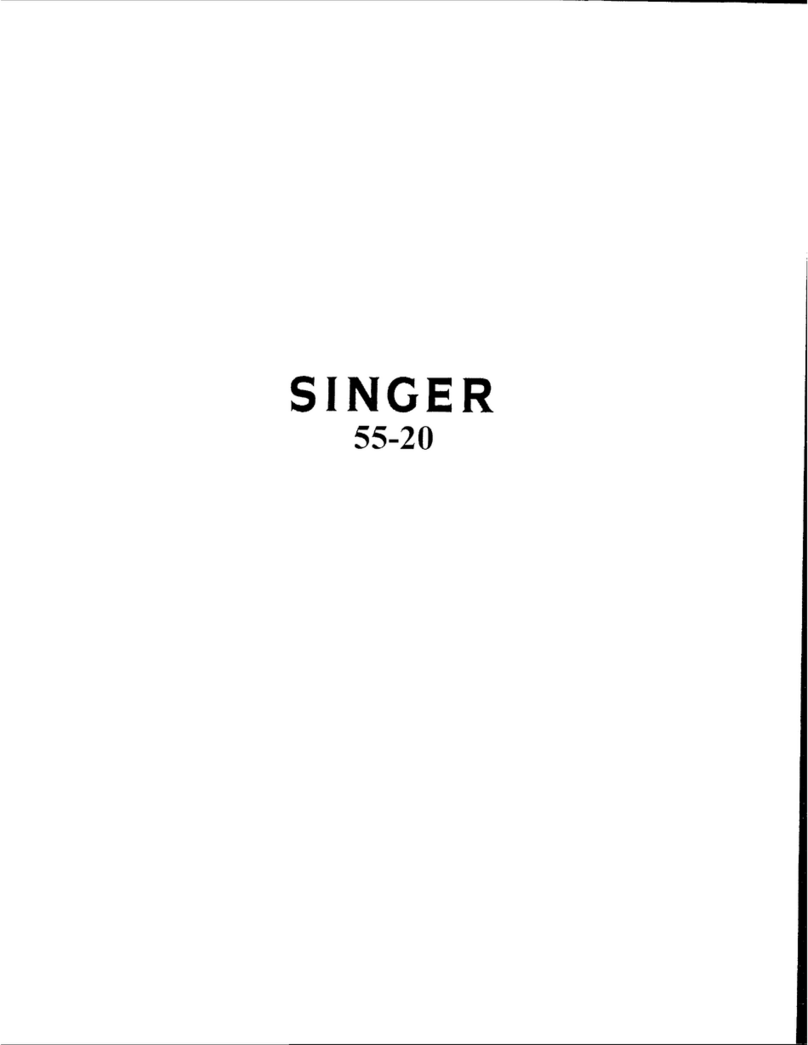
Singer
Singer 55-20 Quick start guide
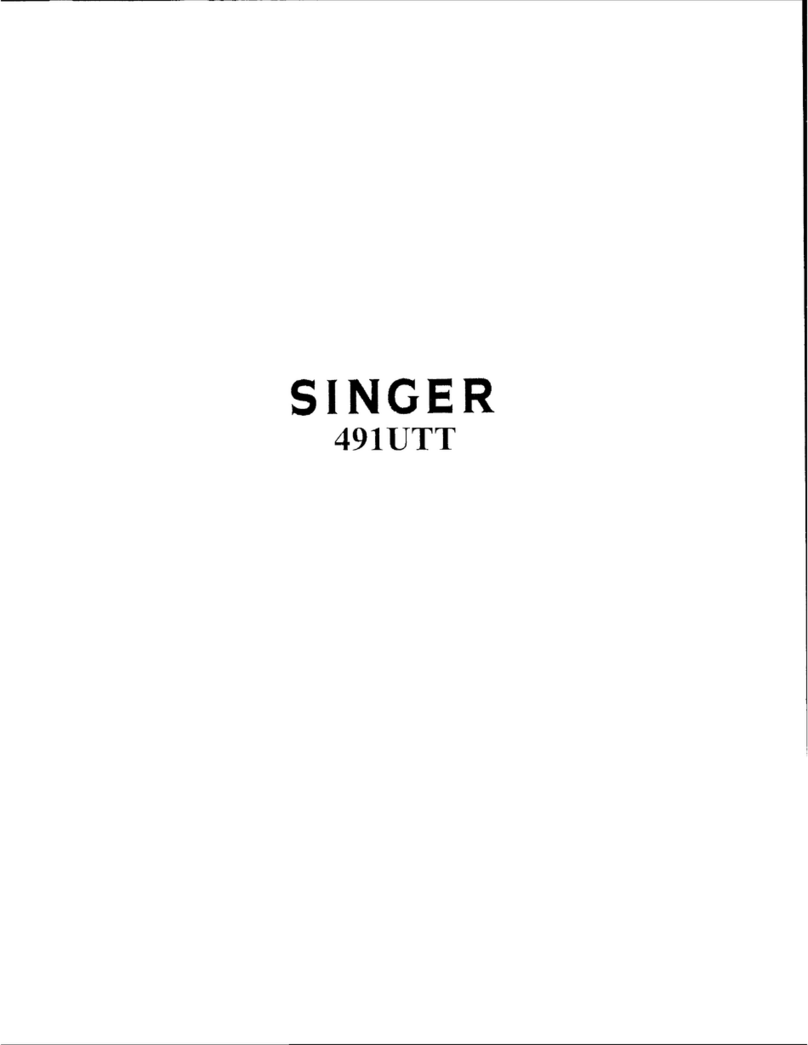
Singer
Singer 491UTT User manual
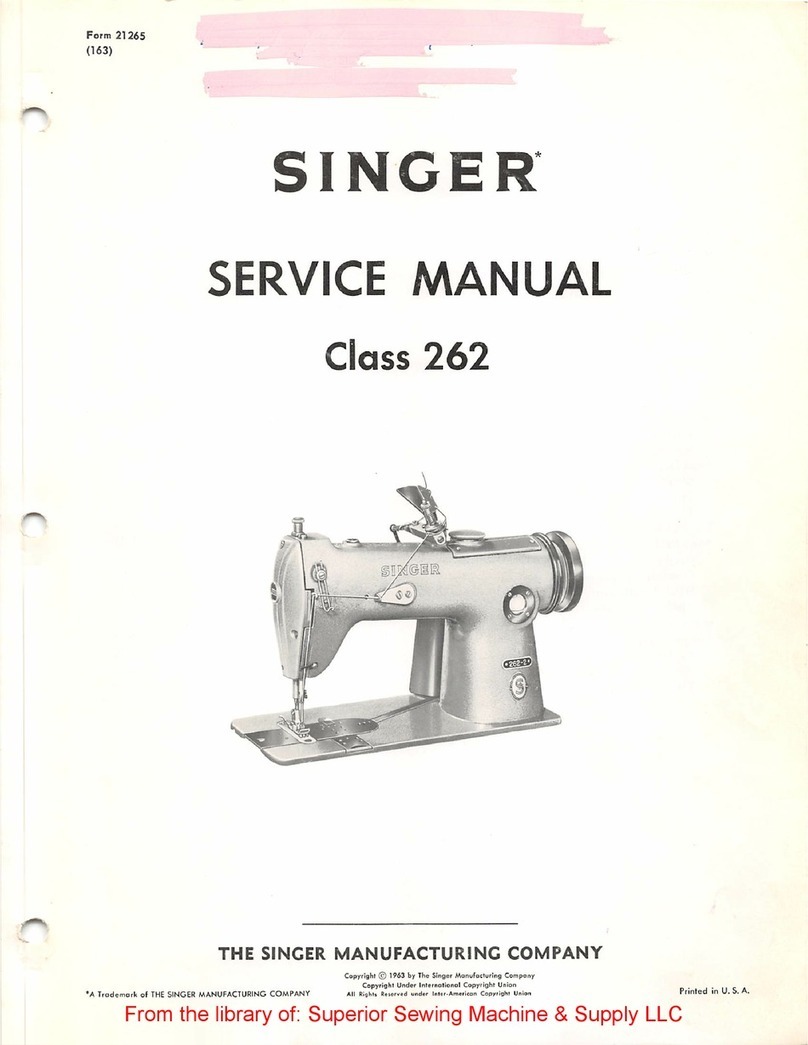
Singer
Singer Class 262 User manual

Singer
Singer 146-30 Instruction Manual
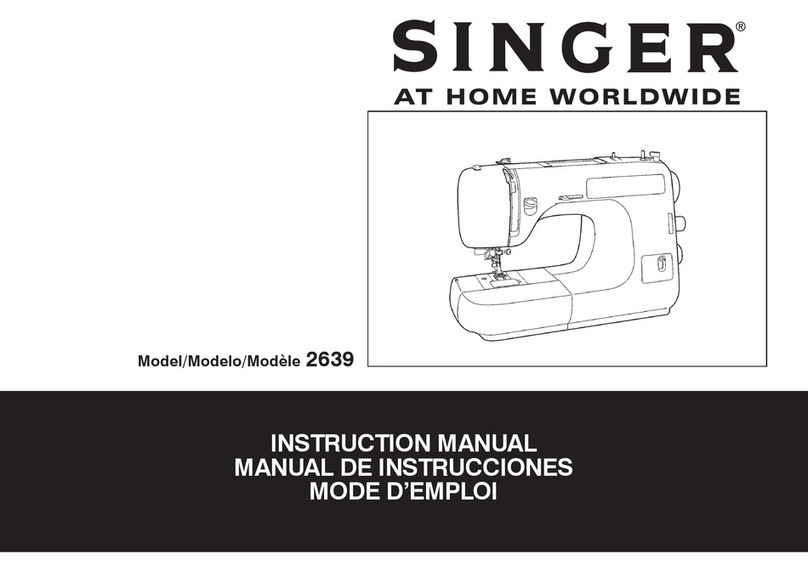
Singer
Singer 2639 User manual
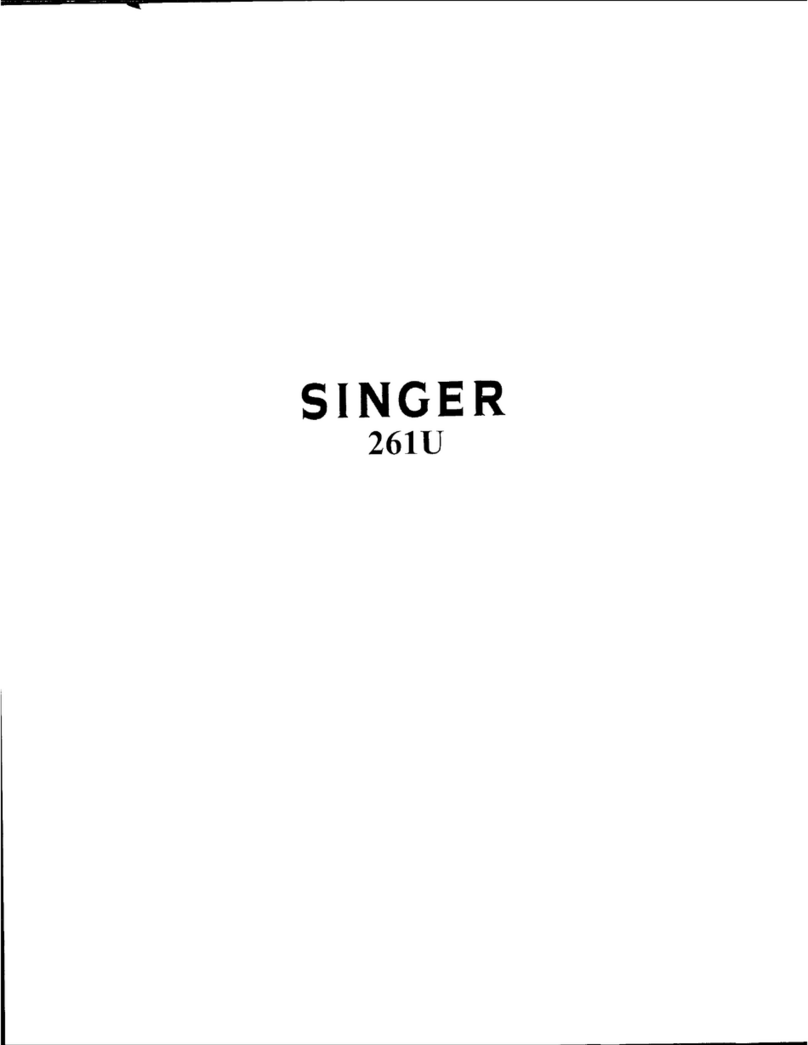
Singer
Singer 261U Instruction manual
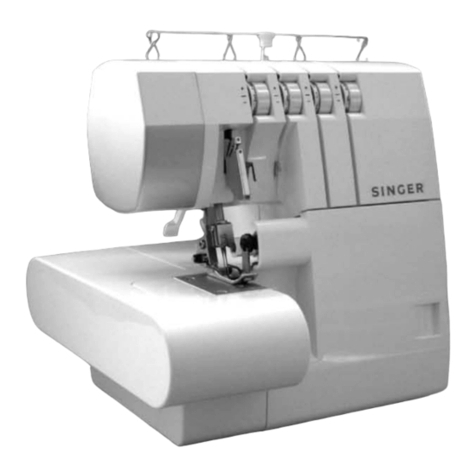
Singer
Singer 14SH744 Manual

Singer
Singer 196K205 User manual
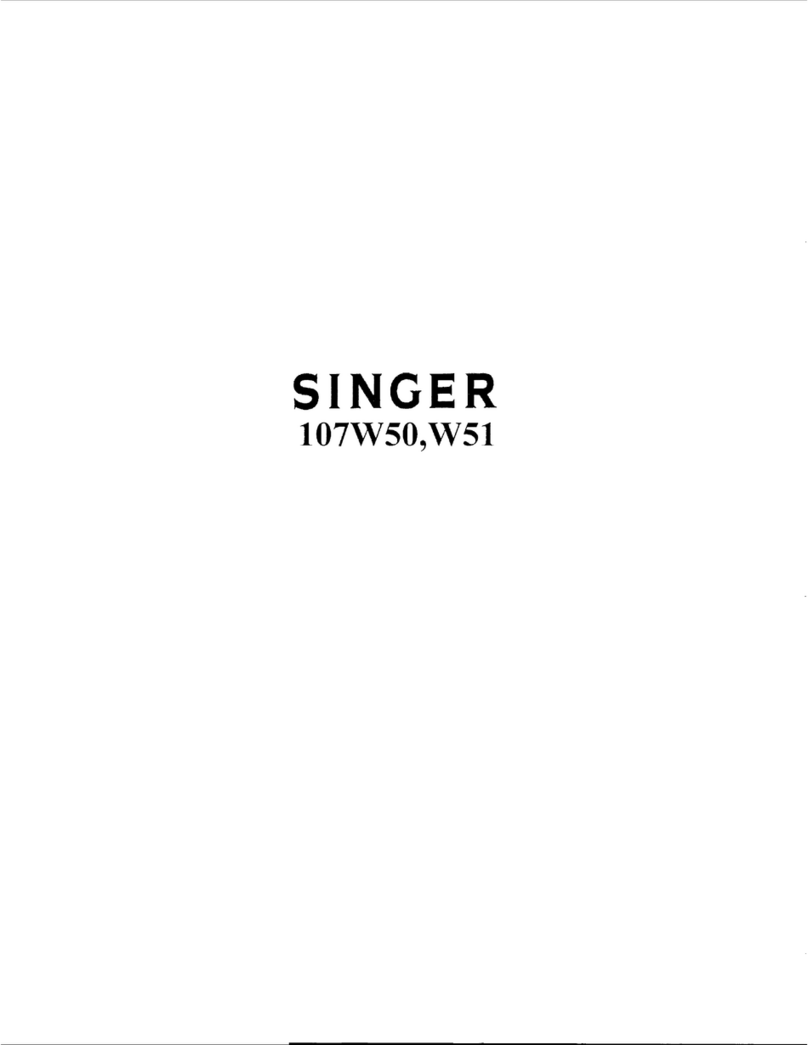
Singer
Singer 107W50 Quick start guide
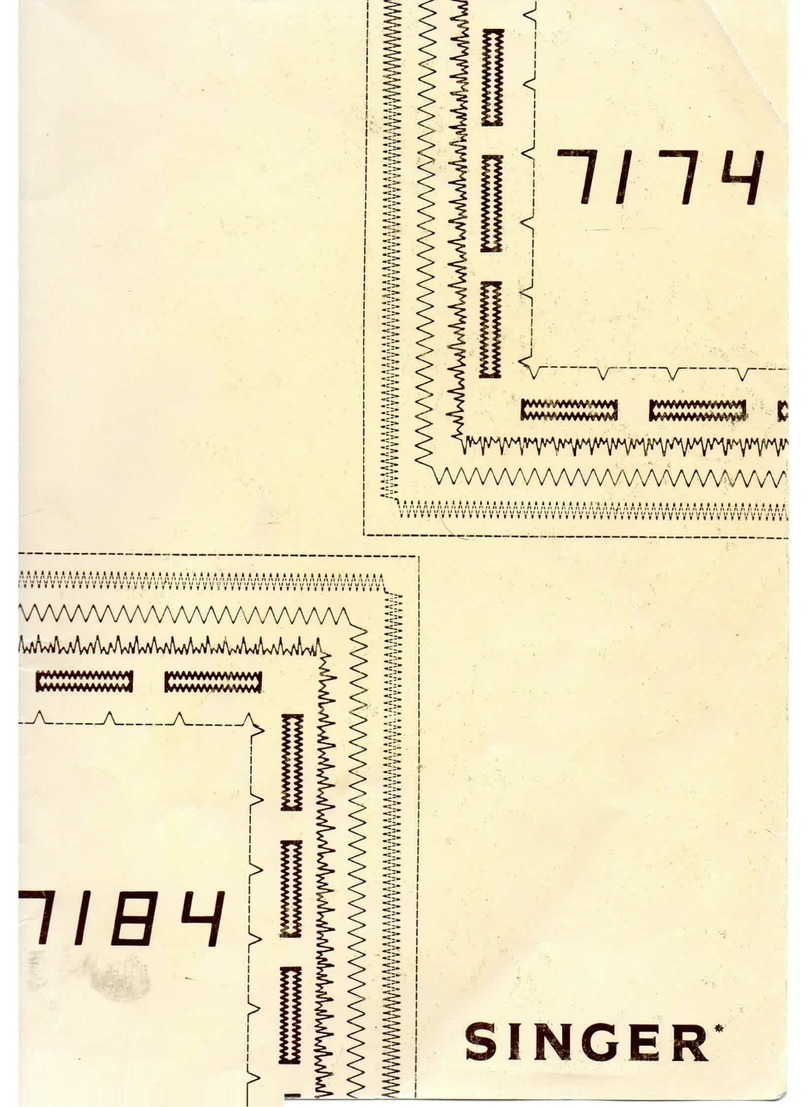
Singer
Singer 7174; 7184 User manual

Singer
Singer 45K21 Setup guide
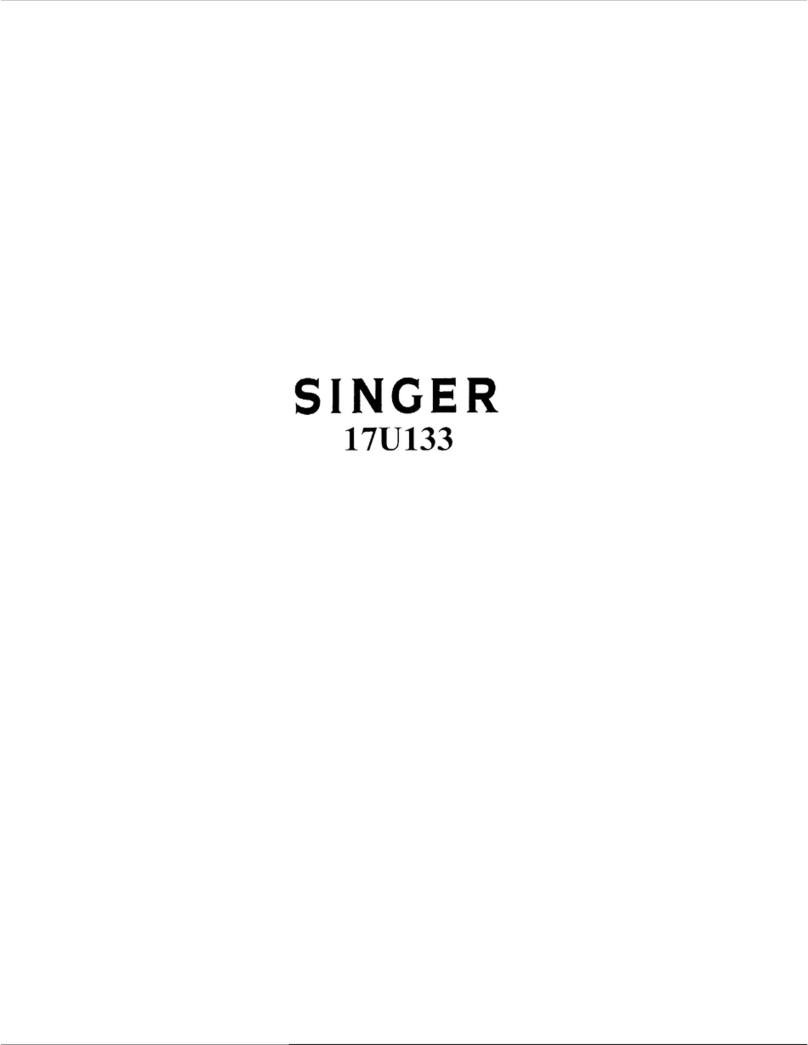
Singer
Singer 17U133 User manual

Singer
Singer 92-20 User manual
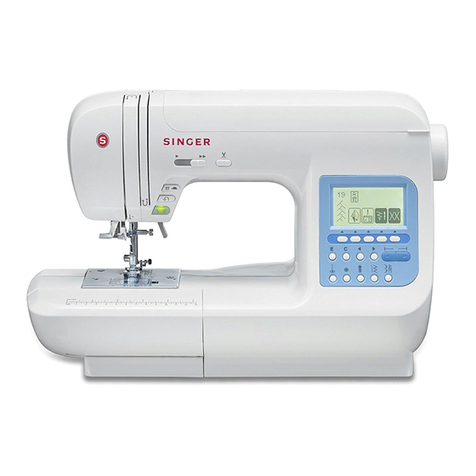
Singer
Singer 9970 User manual
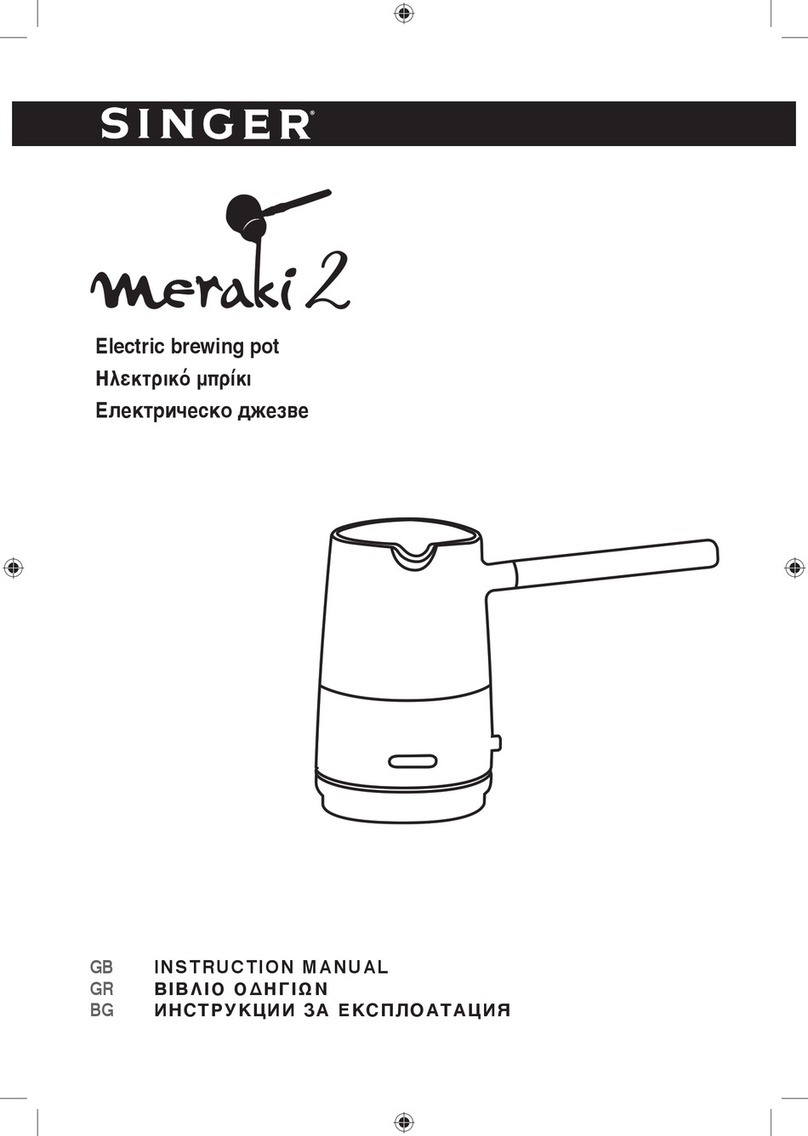
Singer
Singer 2 User manual
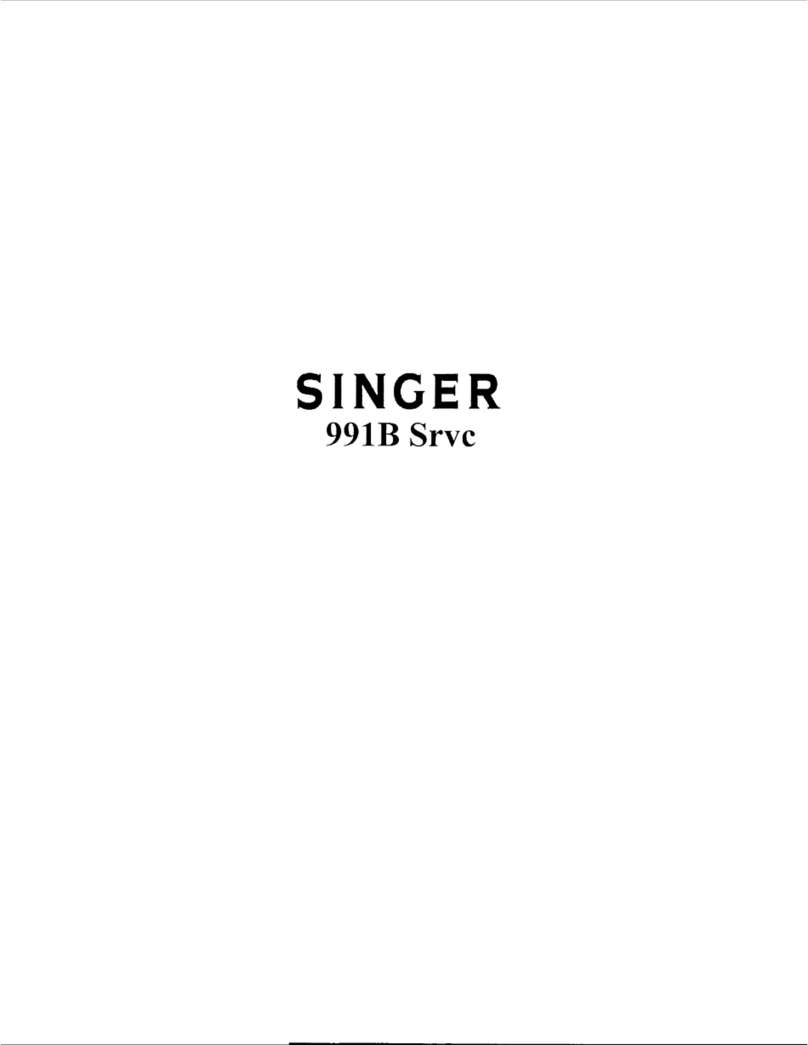
Singer
Singer 991B3 User manual
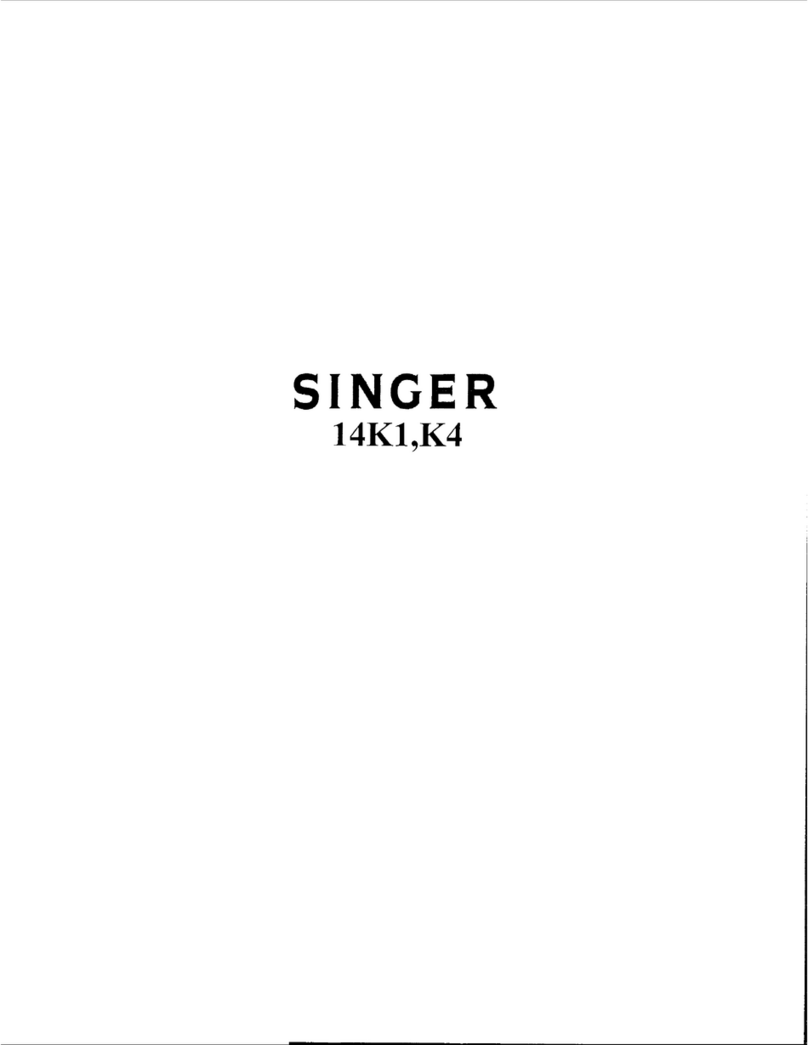
Singer
Singer 14K1 User manual

Singer
Singer 9985 User manual

